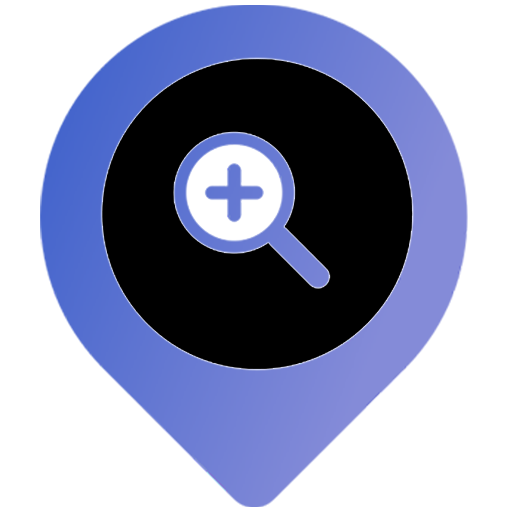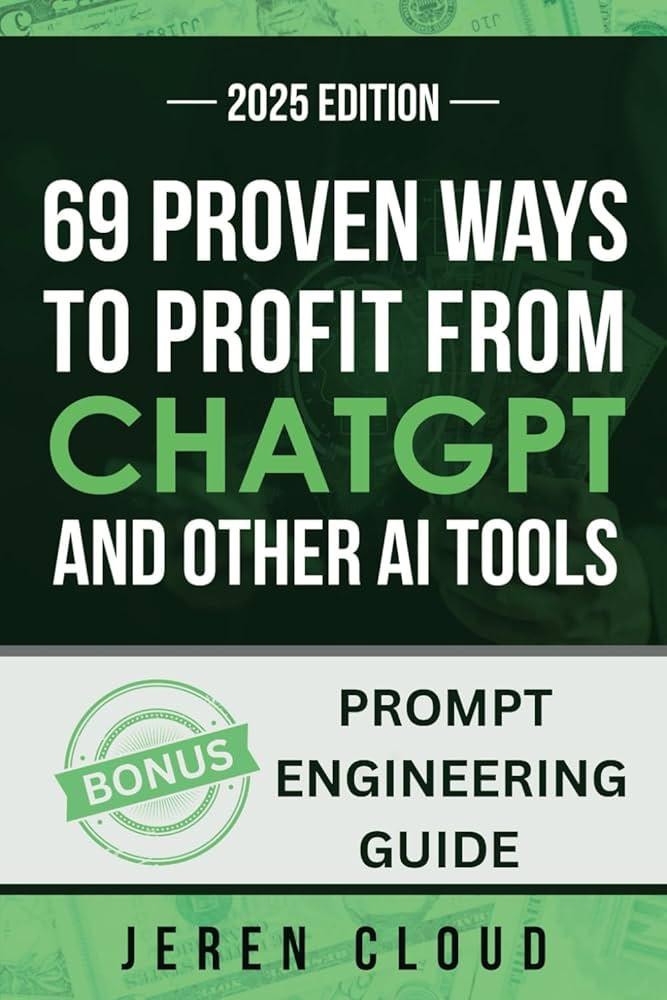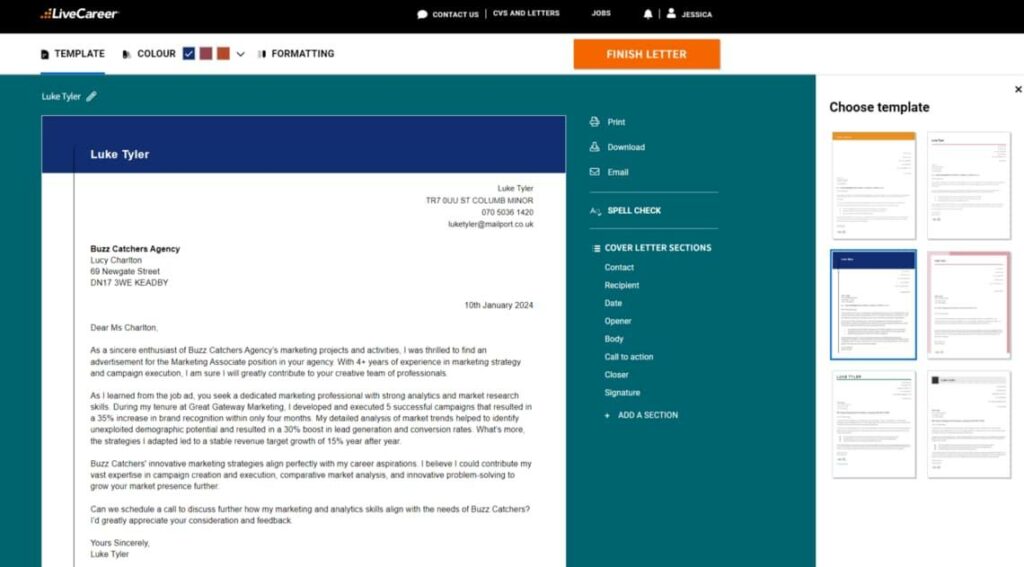In the ever-evolving landscape of digital content, the way we create and consume information continues to transform at a rapid pace. Among the most practical and impactful types of content are buying guides-detailed roadmaps that help consumers navigate the overwhelming sea of products and choices. But crafting a buying guide that is both informative and engaging can be a demanding task. Enter AI tools: powerful digital assistants that are reshaping how writers approach content creation. In this article, we’ll explore how to harness the potential of AI to write buying guides that resonate with readers, combining efficiency, accuracy, and creativity in one seamless workflow. Whether you’re a seasoned content creator or a curious newcomer, understanding how to use AI in this process can elevate your writing and streamline your efforts.
Table of Contents
- Crafting Comprehensive Buying Guides with AI Enhancements
- Harnessing AI for In-Depth Product Analysis and Comparison
- Optimizing Reader Engagement Through AI-Driven Recommendations
- Q&A
- Insights and Conclusions

Crafting Comprehensive Buying Guides with AI Enhancements
Leverage AI to dissect vast amounts of data and extract key insights swiftly, allowing you to build guides that are both informative and targeted. Utilize tools that analyze customer reviews, market trends, and product specifications to craft clear comparison points and highlight essential features. Incorporate AI-driven language models to generate engaging and easy-to-understand explanations, ensuring your guides resonate with readers of varying expertise. For better readability and engagement, organize content visually using bullet points and tables like the example below:
| Feature | AI Analysis Highlight | Why It Matters |
|---|---|---|
| Battery Life | Top factor in 70% of reviews | Ensures prolonged usage without frequent charging |
| Build Quality | Often linked with durability praise | Contributes to long-term product reliability |
| Price Range | Mid-tier options preferred by budget-conscious buyers | Balances affordability with performance |
- Extract and summarize complex data effortlessly.
- Generate buyer-centric content tailored to various demographics.
- Enhance clarity using AI-optimized sentence structures.
By combining AI’s analytical power with your editorial judgment, you create comprehensive buying guides that truly empower consumers to make informed decisions.
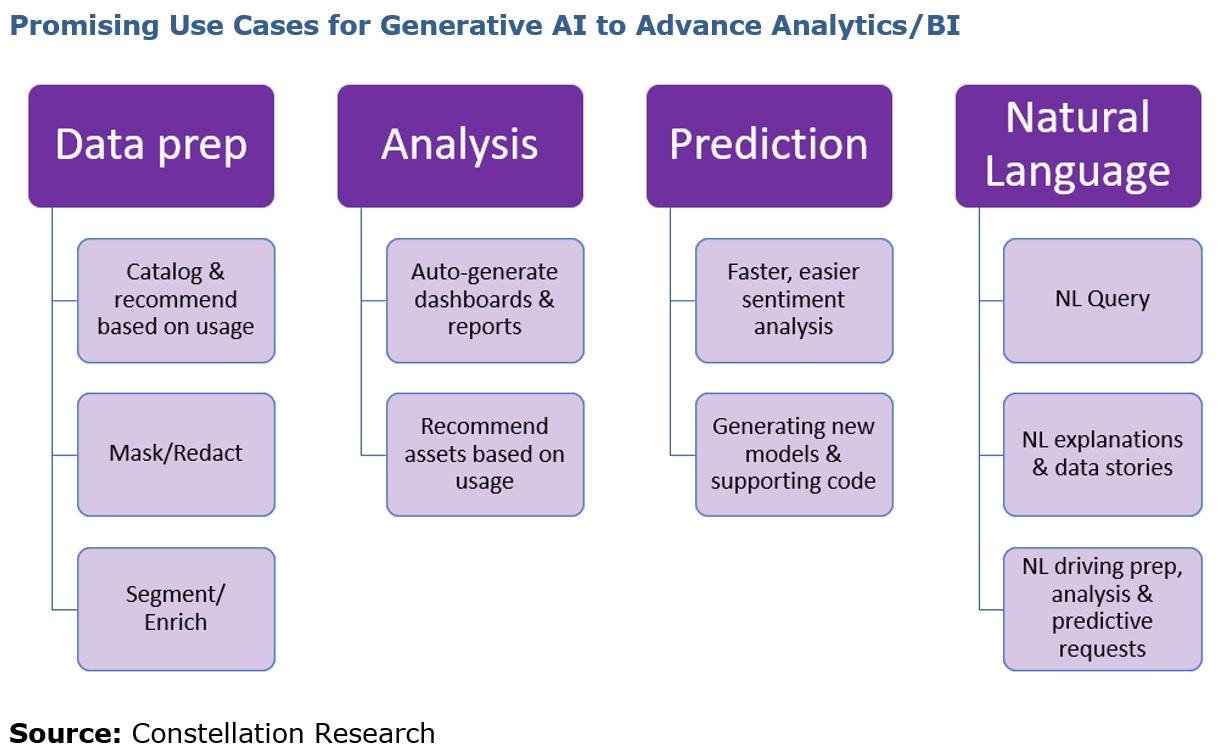
Harnessing AI for In-Depth Product Analysis and Comparison
AI-driven tools empower writers to dive deeper into product features and market trends than ever before. By leveraging advanced algorithms, you can quickly identify the subtle yet critical differences between products, analyze user reviews at scale, and even predict future performance based on historical data. Consider these advantages when comparing products:
- Automated feature extraction for precise attribute comparison without manual effort.
- Sentiment analysis that summarizes customer feedback, highlighting pros and cons.
- Real-time price tracking to ensure recommendations stay relevant and budget-friendly.
| AI Feature | Benefit for Buying Guides | Example Outcome |
|---|---|---|
| Natural Language Processing | Interprets user reviews for emotional tone | Highlights consistently praised qualities |
| Image Recognition | Identifies design elements and wear patterns | Suggests durability insights |
| Data Mining | Analyzes competitor pricing and features | Offers competitive comparison charts |
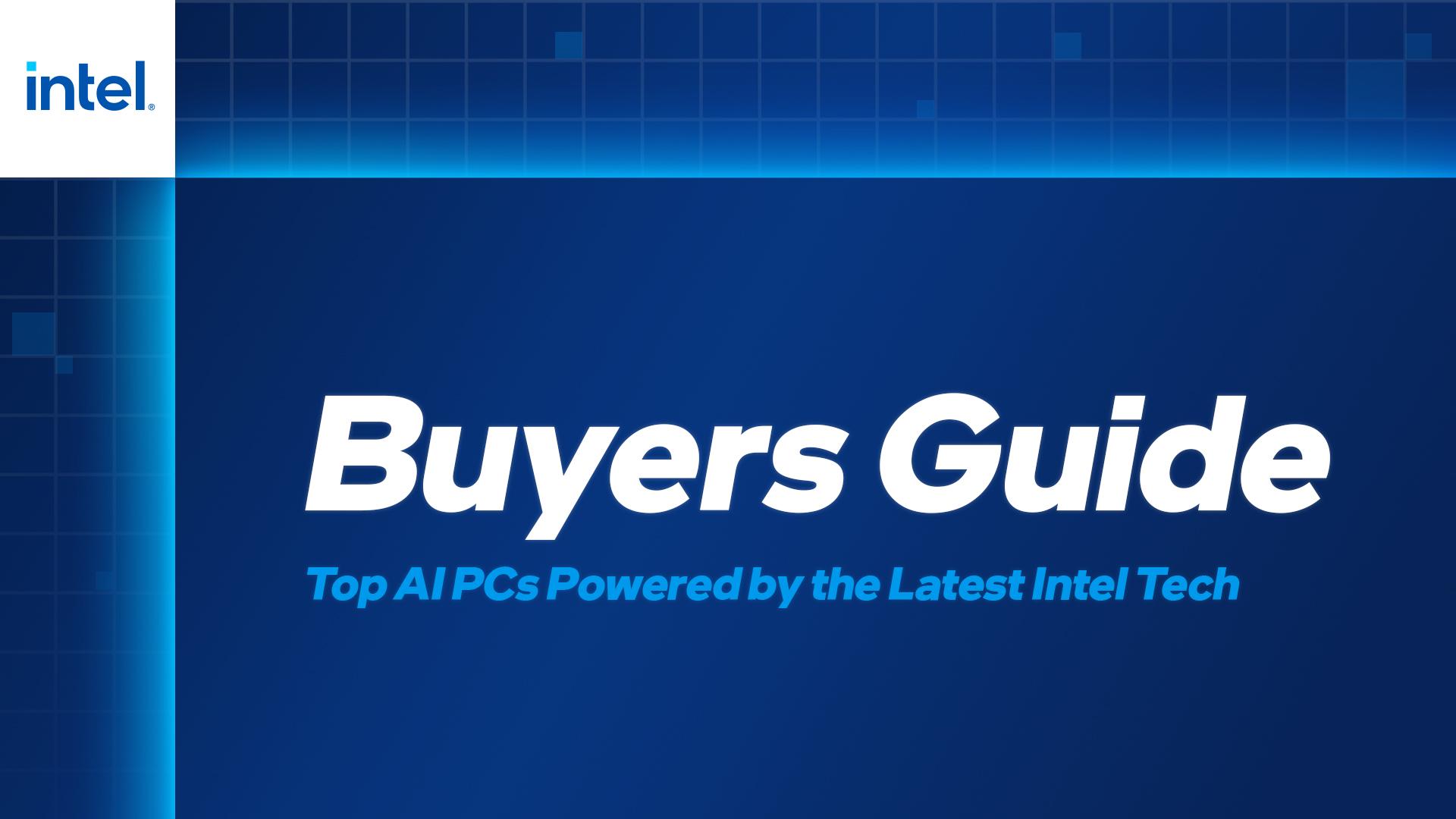
Optimizing Reader Engagement Through AI-Driven Recommendations
Harnessing AI-driven recommendations elevates reader engagement by tailoring content precisely to individual preferences. By analyzing browsing patterns, purchase histories, and interaction metrics, AI can segment your audience and deliver customized product suggestions that resonate with each user’s unique needs. Integrating features such as interactive quizzes or dynamic comparison charts powered by AI keeps readers invested, making the buying guide experience not just informative but highly personal. Consider implementing a recommendation matrix like the one below to guide users seamlessly from curiosity to confident purchase decisions:
| Reader Interest | AI Recommendation Type | Example Feature |
|---|---|---|
| Budget-conscious buyers | Price-optimized suggestions | Best value-for-money lists |
| Tech enthusiasts | Feature-rich product highlights | Detailed specs comparison |
| First-time buyers | Step-by-step guided picks | Interactive setup walkthroughs |
| Brand loyalists | Exclusive new releases | Latest product alerts |
- Real-time feedback loops to refine recommendations continuously
- Cross-device synchronization for seamless user experience
- AI-powered content updates that keep guides fresh and relevant
Q&A
Q: What is the primary purpose of a buying guide?
A: A buying guide helps consumers make informed purchasing decisions by outlining key features, benefits, comparisons, and considerations related to a product or service.
Q: How can AI tools assist in writing a buying guide?
A: AI tools can analyze large amounts of product data, customer reviews, and market trends quickly. They help generate well-structured content, suggest relevant product features, and even create comparisons or pros-and-cons lists to streamline the writing process.
Q: What are the first steps to take before using AI for a buying guide?
A: Begin with thorough research on the product category, target audience, and common pain points buyers face. Gather data on popular models, pricing, and specifications. Feeding accurate and relevant input to the AI ensures better output quality.
Q: Can AI tools replace human writers entirely in creating buying guides?
A: While AI excels at data processing and drafting, human writers add valuable context, empathy, and style. The best approach is a collaboration where AI handles research and structure, and humans refine tone, insights, and readability.
Q: What types of AI tools are most effective for writing buying guides?
A: Natural language generation (NLG) tools, keyword research platforms, and sentiment analysis software are commonly used. Some AI assistants specialize in content creation, while others focus on SEO optimization or data visualization.
Q: How do you ensure the buying guide remains unbiased when using AI?
A: Providing diverse and balanced source data helps. Additionally, human review is essential to spot any AI-generated biases or promotional slants, maintaining neutrality and trustworthiness in the guide.
Q: What role does SEO play in writing a buying guide with AI?
A: SEO ensures the buying guide reaches the right audience by optimizing keywords, headings, and metadata. Many AI tools suggest SEO-friendly structures and phrases to increase visibility on search engines.
Q: How can AI improve the user experience in a buying guide?
A: AI can personalize content by highlighting features based on user preferences or trends. It can also generate interactive elements like charts or FAQs dynamically, making the guide more engaging and accessible.
Q: Are there any limitations to using AI tools for writing buying guides?
A: AI may sometimes generate generic or repetitive content if not properly guided. It can misinterpret nuanced information and lacks genuine emotional understanding, which may affect tone or subtle messaging.
Q: What tips would you give to someone using AI to write their first buying guide?
A: Start with clear objectives and detailed input data. Use the AI as a collaborative assistant rather than a sole creator. Edit and add personal insights to enhance authenticity. Finally, test the guide with real users for feedback before publishing.
Insights and Conclusions
In the evolving landscape of content creation, harnessing AI tools to craft buying guides is no longer just an option-it’s a strategic advantage. By blending human insight with artificial intelligence, writers can deliver clear, comprehensive, and customized advice that meets the needs of today’s discerning shoppers. Whether you’re a seasoned writer or a curious beginner, embracing AI in your buying guide process opens the door to efficiency and enriched content quality. As the technology continues to advance, the key lies in striking the perfect balance between creativity and automation-ensuring your guides remain both informative and engaging, no matter the product or audience.
